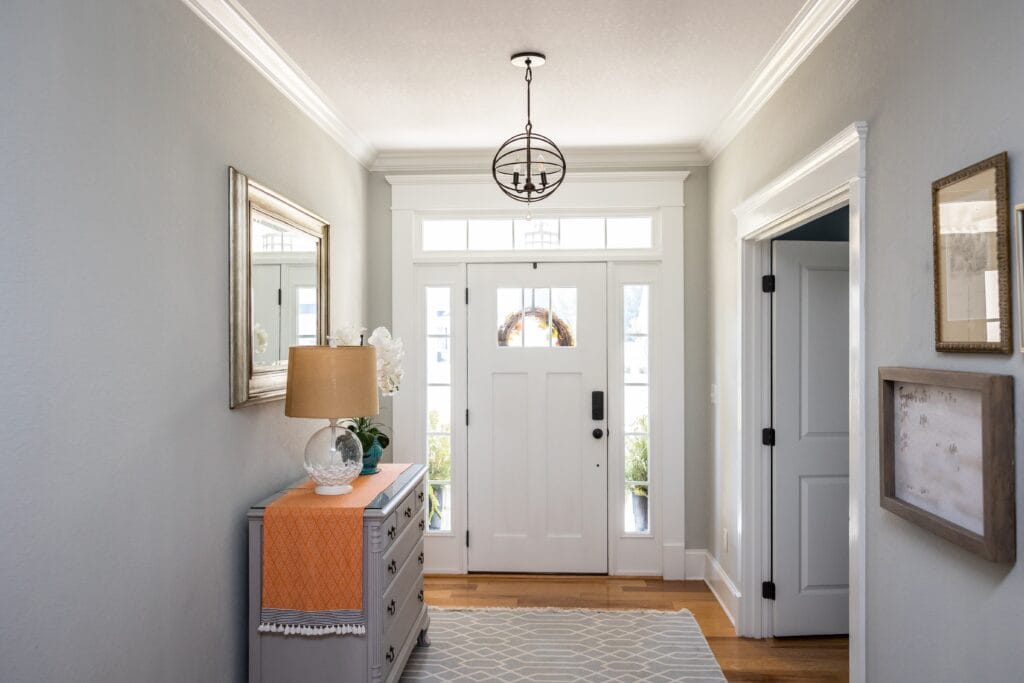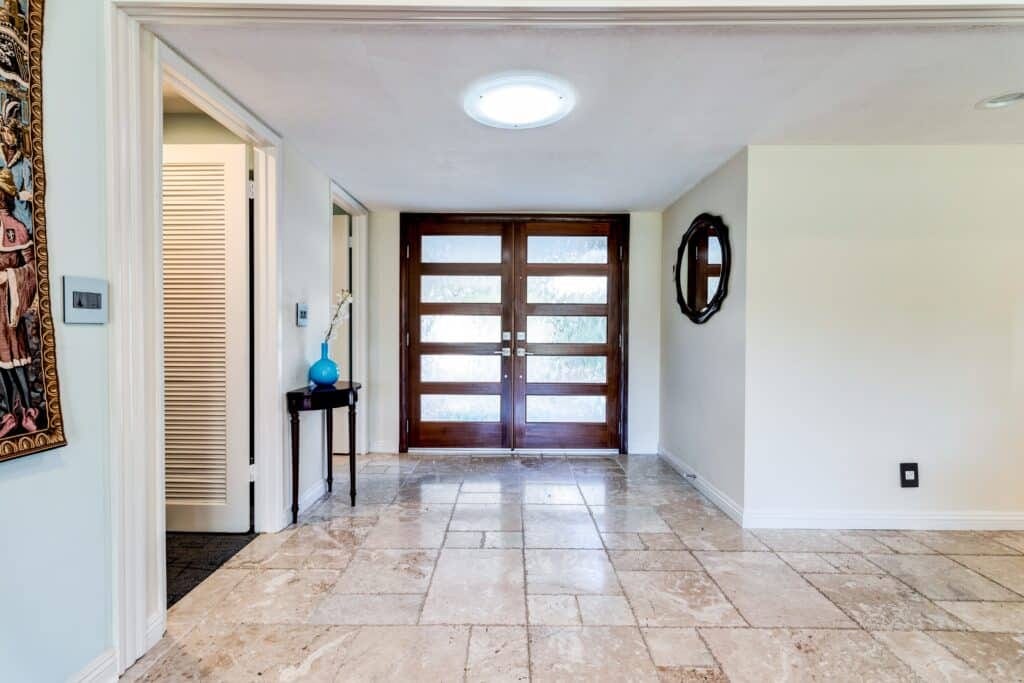Introduction to Hallway Width
Home hallways are often overlooked in home design, yet they play a crucial role in how a space feels and functions. Understanding the standard width of home hallways can significantly impact not only the aesthetics but also the comfort and practicality of your home. In this article, we will explore various aspects of hallway width, from historical perspectives to design considerations, ensuring you have a comprehensive understanding of this essential feature.
Table Of Content
- Introduction to Hallway Width
- Understanding Hallway Dimensions
- How Wide is a Standard Hallway?
- Historical Perspective on Hallway Width
- Evolution of Hallway Design
- Past vs. Present: Hallway Width Trends
- The Importance of Hallway Width in Home Design
- Creating a Welcoming Space
- Impact on Traffic Flow
- How Wide Are Hallways in Different Home Styles
- Traditional Homes
- Modern Homes
- Open Concept Designs
- Comfort Considerations for Hallway Width
- Accessibility for All
- Accommodating Furniture and Decor
- Design Tips for Maximizing Hallway Width
- Choosing Colors and Lighting
- Optimizing Space with Decor
- Conclusion: Final Thoughts on Hallway Width
- Recap of Key Points
- Encouragement to Evaluate Your Home’s Hallways
- FAQs
Understanding Hallway Dimensions
The standard width of residential home hallways typically ranges from 36 to 42 inches. This measurement is designed to allow for ease of movement while carrying items, navigating with mobility devices, or accommodating multiple people at once. In contrast, commercial hallways often exceed these dimensions, sometimes reaching widths of up to 60 inches, due to higher foot traffic and safety regulations.
How Wide is a Standard Hallway?
When discussing home hallway width, it’s essential to consider the context. For example, hallways in older homes may vary significantly from those in modern constructions. While a minimum width of 36 inches is generally accepted as a standard, many homeowners opt for wider hallways, especially in high-traffic areas. This additional space can enhance the overall flow of the home and can also accommodate aesthetic considerations, such as art displays or decorative lighting.

Historical Perspective on Hallway Width
Evolution of Hallway Design
Historically, home hallways served a practical purpose, often functioning as transitional spaces between rooms. In earlier architectural designs, hallways were narrower, sometimes as little as 30 inches, reflecting a time when homes were built for functionality and efficiency. However, with the growth of the middle class and advances in building practices, the desire for more spacious and comfortable living environments led to wider hallways becoming a trend.
Past vs. Present: Hallway Width Trends
Today, the trend towards openness and fluidity in home design has led to the popularity of wider hallways that enhance accessibility and flow. Designers now frequently incorporate wider dimensions into new builds, recognizing the importance of ease of movement and the psychological impact of spaciousness. This shift reflects broader changes in societal norms around comfort, accessibility, and design aesthetics.
The Importance of Hallway Width in Home Design
Creating a Welcoming Space
Hallway width contributes significantly to the overall ambiance of a home. A wider hallway can create a feeling of luxury and openness, making the home feel more inviting. Conversely, narrow hallways can feel cramped and unwelcoming. By designing hallways with sufficient width, homeowners can cultivate a sense of spaciousness that encourages relaxation and comfort.
Impact on Traffic Flow
A well-designed hallway facilitates better traffic flow, reducing congestion, especially in homes with multiple occupants. Wider hallways allow for easier navigation, whether someone is moving through with a piece of furniture or a group is walking in different directions. This improved traffic flow can make daily activities more convenient, from moving between rooms to hosting guests.
How Wide Are Hallways in Different Home Styles
Traditional Homes
In traditional homes, hallways often reflect the architectural style’s unique features. Many traditional homes maintain a width of around 36 inches, which was standard in earlier designs. However, many homeowners choose to remodel or build new traditional-inspired homes with improved dimensions, recognizing the importance of functionality alongside aesthetic appeal.
Modern Homes
Modern homes tend to embrace open layouts, which often include wider home hallways ranging from 42 to 48 inches or more. This design philosophy emphasizes fluidity between spaces and allows for the incorporation of larger decor items or functional furniture pieces, enhancing the overall experience of the home.
Open Concept Designs
Open-concept designs have gained popularity, especially in urban settings. In such layouts, home hallways may blend seamlessly into living spaces, often resulting in widths greater than the traditional standard. These hallways not only provide movement pathways but also serve as integral parts of the overall design narrative, accommodating a variety of uses.
Comfort Considerations for Hallway Width
Accessibility for All
Accessibility is a critical consideration when determining hallway width. Wider hallways are essential for accommodating individuals with mobility devices, such as wheelchairs or walkers. The Americans with Disabilities Act (ADA) recommends a minimum width of 36 inches for accessibility, but expanding this width can significantly enhance comfort and usability for everyone in the household.
Accommodating Furniture and Decor
Another factor to consider is the placement of furniture and decor. Wider hallways allow for the addition of decorative elements such as picture frames, console tables, or artwork without obstructing movement. When designing a hallway, it’s essential to strike a balance between aesthetic appeal and functional space, ensuring the hallway remains navigable while adding personal touches.

Design Tips for Maximizing Hallway Width
Choosing Colors and Lighting
Color schemes and lighting play a significant role in how hallway width is perceived. Light, neutral colors can make a hallway feel more expansive, while darker tones may create a sense of enclosure. Additionally, strategic lighting—such as wall sconces or recessed lighting—can create the illusion of depth and space, enhancing the hallway’s welcoming nature.
Optimizing Space with Decor
To maximize the use of hallway space, consider practical decor choices. Floating shelves, wall-mounted hooks, and narrow console tables can provide functionality without obstructing pathways. Mirrors are another excellent choice for hallways, as they reflect light and create an illusion of greater width, making the space feel more open and inviting.
Conclusion: Final Thoughts on Hallway Width
Recap of Key Points
Understanding the standard width of home hallways is essential for effective home design. A typical width of 36 to 42 inches enhances both functionality and aesthetics, fostering an inviting and comfortable environment. Consideration of accessibility, decorative choices, and lighting can further improve the space, making it a more integral part of the home.
Encouragement to Evaluate Your Home’s Hallways
In conclusion, take the time to evaluate your home hallways and consider whether they meet your needs and preferences. Whether you’re planning a remodel or simply want to enhance your existing space, understanding hallway width can lead to significant improvements in comfort and design.
FAQs
What is the minimum width for a hallway?
The minimum recommended width for a residential hallway is typically 36 inches to accommodate the passage of individuals and furniture.
Can I make my hallway wider during renovations?
Yes, widening a hallway is often feasible during renovations, especially if structural elements allow for it. Consulting with a contractor can provide insights into the best methods for widening.
What are the benefits of a wider hallway?
A wider hallway enhances accessibility, improves traffic flow, allows for decorative elements, and creates a more inviting atmosphere.
How can I decorate a narrow hallway?
Consider using light colors, mirrors, and functional decor such as wall-mounted shelves and hooks to optimize the use of space in a narrow hallway.
Is there a correlation between hallway width and home value?
Yes, homes with spacious, well-designed home hallways often have higher market appeal and can contribute positively to overall home value.












